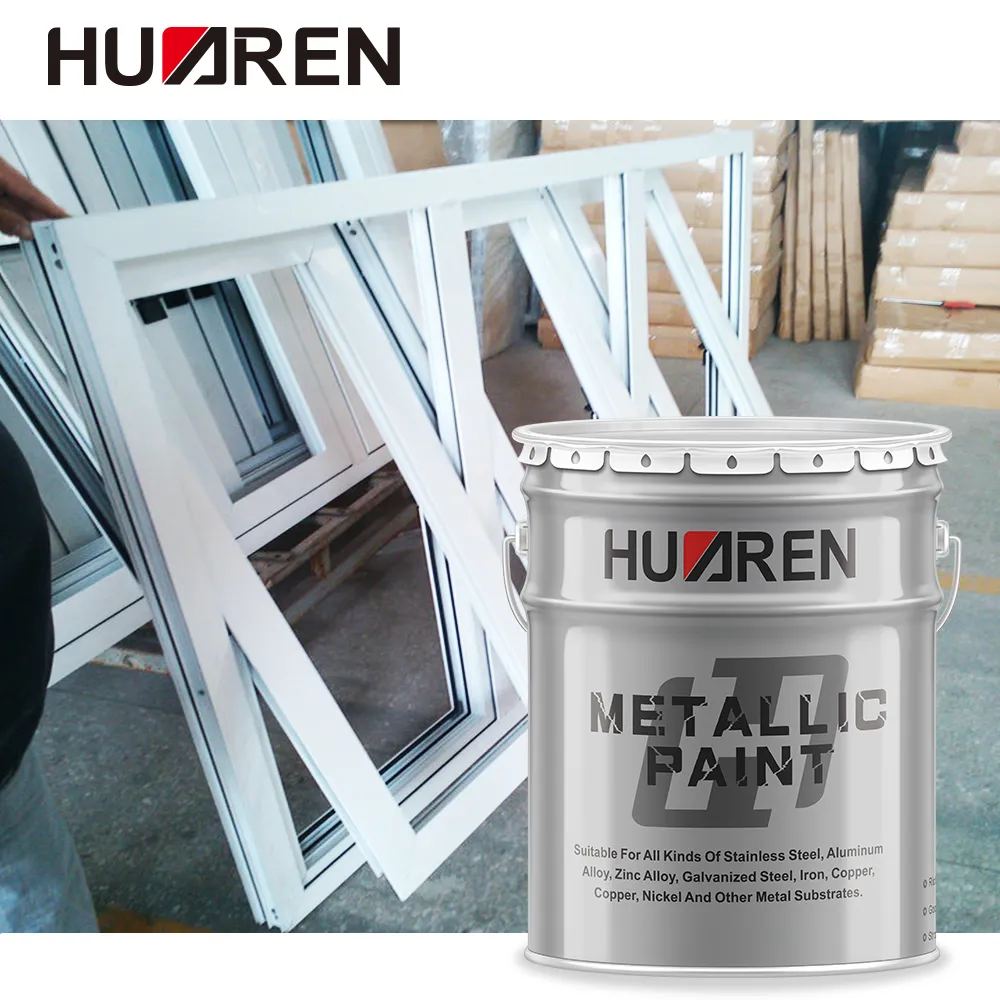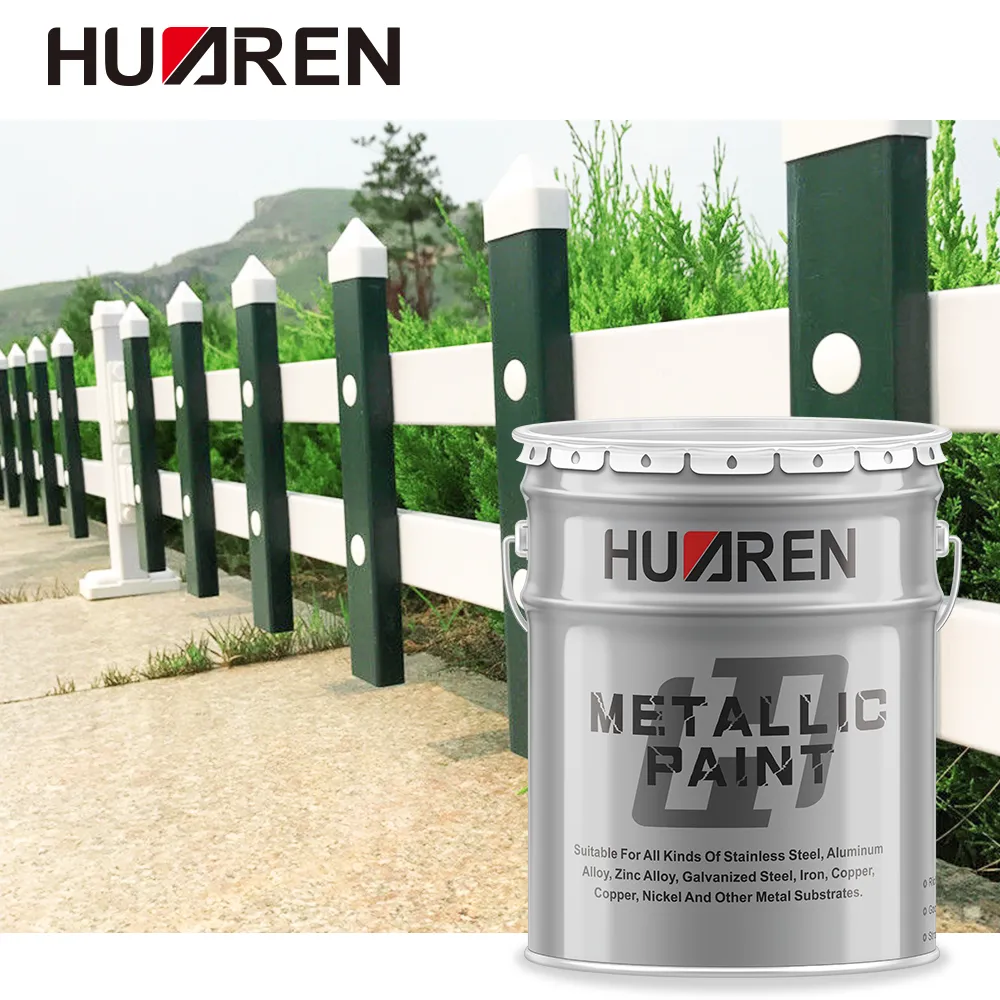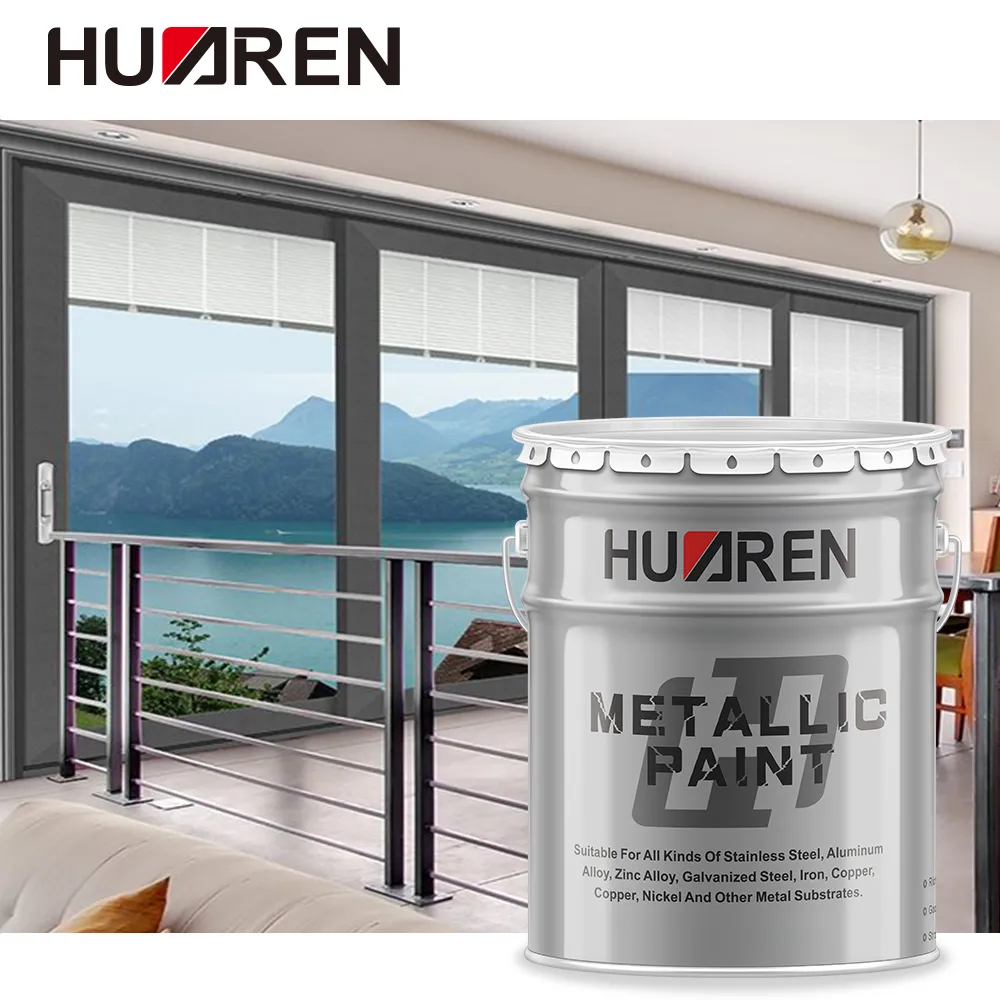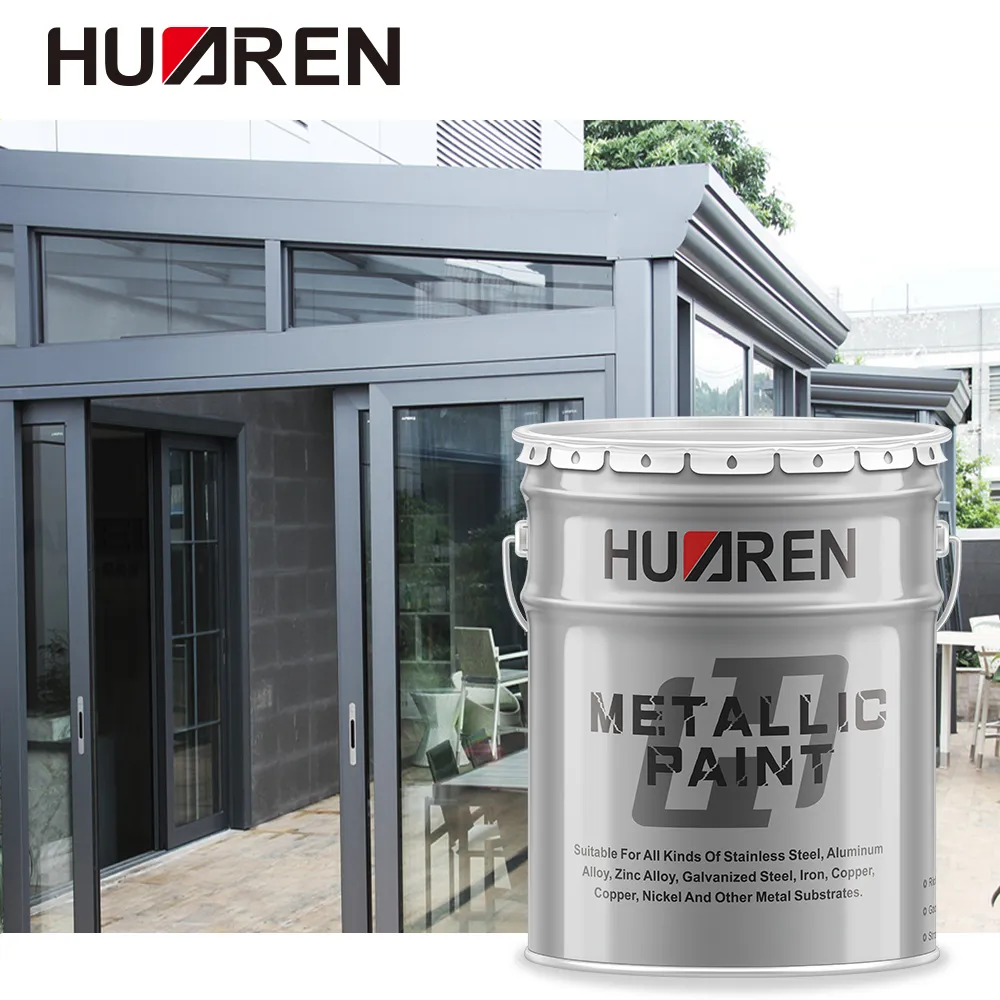Before applying anti corrosive epoxy primer, surface preparation is a crucial step. The choice of sandpaper size is directly related to the adhesion of the primer, the flatness of the paint film, and the final coating effect. Many people are confused about how to choose the right sandpaper size.
This article will analyze in detail the characteristics, usage scenarios, and important role of sandpapers of different sizes in the construction of anti corrosive epoxy primer to help you accurately grasp each step.

Why do you need to sand the surface?
Sanding is the core step of surface treatment before painting. Its main purpose is to provide better adhesion for the paint while removing pollutants, oxide layers or old paint films on the surface. The following are the important roles of sanding:
Enhance adhesion
Sanding creates tiny grooves and roughness on the smooth surface, allowing the anti corrosive epoxy primer to adhere more firmly to the substrate surface.
Remove surface defects
Sanding can effectively remove rust, old paint films or oxides on the surface, ensuring the flatness and consistency of the anti corrosive epoxy primer coating.
Improved coating effect
The evenly polished surface can reduce the risk of blistering, peeling or pinholes in the anti corrosive epoxy primer, thereby improving the overall coating quality.

What is sandpaper grit?
Sandpaper grit is an indicator of the size of abrasive particles on the surface of sandpaper. It is usually expressed in grit numbers (such as P80, P180, etc.). The lower the number, the coarser the sandpaper; the higher the number, the finer the sandpaper. The choice of sandpaper grit depends on the material, surface condition and subsequent coating requirements of the polished object.
Common grit classification and use:
1. Coarse-grained sandpaper (P40-P80)
● Used to remove thick rust, old paint film or repair severely uneven surfaces.
● Medium-grained sandpaper (P100-P180)
● Suitable for secondary polishing, cleaning marks after rough polishing, or providing initial adhesion for primer.
2. Fine-grain sandpaper (P220-P400)
● Used for fine grinding to improve the smoothness of the surface, especially suitable for the last step before primer application.
● Ultra-fine sandpaper (P600 and above)
● Usually used for polishing or treating the painted surface, not for grinding before primer application.

What are the characteristics of anti-corrosive epoxy primer and the requirements for surface treatment?
Anti-corrosive epoxy primer is a coating with high adhesion and high corrosion resistance, which is widely used in metal, anti-corrosion coating and concrete substrates. Due to its unique chemical properties, the primer needs to be closely combined with the substrate surface to achieve the best effect. Therefore, surface treatment before construction is particularly important.
The main requirements of anti-corrosive epoxy primer for the surface include:
● No oil, rust and other contaminants.
● The surface has an appropriate roughness, which can ensure adhesion without leaving too deep grinding marks to affect the flatness of the coating.
● The grinding marks are evenly distributed without missing areas.
How to choose the sandpaper grit before applying anti corrosive epoxy primer?
According to different substrates and surface conditions, choosing the right sandpaper grit is the key to ensuring the construction quality of anti corrosive epoxy primer. The following are specific suggestions for common substrates:
1. Metal surface
● Old paint film or severely rusted metal
First, use coarse-grain sandpaper (P40-P80) for rough sanding to completely remove rust or old paint film. Then, use medium-grain sandpaper (P120-P180) for secondary sanding to reduce the deep marks left by the coarse sandpaper and provide a good adhesion surface for anti corrosive epoxy primer.
● Slightly oxidized or smooth metal surface
For metals with good surface conditions, just use medium-grain sandpaper (P120-P180). The purpose is to create appropriate roughness to ensure the adhesion of anti corrosive epoxy primer.
2. Concrete surface
The concrete surface is usually rough, but there may also be oil stains or surface shedding. It is recommended to use coarse-grain sandpaper (P60-P80) to remove loose particles or stains on the surface, and then use medium-grain sandpaper (P120) to further smooth the surface.
3. Plastic or composite materials
Plastic surfaces are easily damaged by over-sanding, so coarse-grain sandpaper should be avoided. It is recommended to use fine-grain sandpaper (P180-P240) to gently sand to enhance the adhesion of anti corrosive epoxy primer without damaging the substrate.
4. Wood surface
If anti corrosive epoxy primer is used on wood surface, the sandpaper grit should first be determined according to the surface flatness of the wood. Generally, medium-grain sandpaper (P120-P180) is used for sanding, and fine-grain sandpaper (P220) is used for fine processing.

What are the precautions during sanding?
1. Choose the right tool
Small areas can be sanded directly with sandpaper, but the force must be uniform.
For large-area construction, it is recommended to use an electric sander to improve efficiency and uniformity.
2. Keep sandpaper clean
During the sanding process, sandpaper can easily become clogged by surface materials, resulting in reduced effectiveness. Clean sandpaper at any time, or use anti-clogging sandpaper to maintain optimal performance.
3. Control the intensity of sanding
Over-sanding may damage the substrate surface or produce excessive scratches, affecting the effect of anti corrosive epoxy primer. Avoid excessive force and ensure uniform sanding.
4. Clean the polished surface
After sanding, dust should be removed with a brush or air gun, and the surface should be thoroughly cleaned with a solvent (such as alcohol or special cleaner) to prevent residual particles from affecting the adhesion of anti corrosive epoxy primer.
When can anti corrosive epoxy primer be applied after sanding?
After sanding, it is recommended to apply anti corrosive epoxy primer immediately, especially in humid or outdoor environments, to avoid re-oxidation or contamination of the substrate surface. If the application is delayed, a rust inhibitor or protective film can be used to temporarily protect the surface, but it needs to be cleaned again before the primer is applied.
FAQ
Q: What are the consequences of choosing the wrong sandpaper grit?
A: Using too coarse sandpaper may cause the paint film to fail to cover deep scratches and affect the surface flatness.
Using too fine sandpaper may cause the surface to be too smooth, reduce the adhesion of anti corrosive epoxy primer, and even cause peeling.
Q: What are the requirements for roughness of anti corrosive epoxy primer?
A: It is generally recommended that the surface roughness be between 30-50 microns, which can not only ensure the adhesion of anti corrosive epoxy primer, but also avoid excessive roughness affecting the appearance of the paint film.
Q: Does grinding require special treatment of the edge area?
A: Yes, the edge area is often where the adhesion of anti corrosive epoxy primer is weak, so it needs to be polished very carefully to ensure that the paint film at the edge can also adhere firmly.
What makes Huaren Chemical’s prices competitive?
At Huaren Chemical Industry Co., Ltd., we pride ourselves on offering competitive prices for our high-quality industrial coatings. Our extensive manufacturing capacity, streamlined processes, and direct-from-factory sales allow us to offer low prices without compromising on quality. If you're looking for reliable and affordable coatings, we are your trusted supplier. Reach out to us today for a quote and start your next project with Huaren Chemical.

